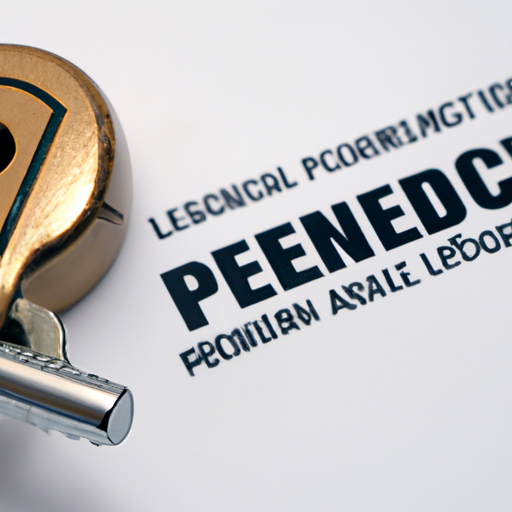What is the Mechanism of Action of Probenecid: Unraveling Its Effects
Probenecid is a medication that has been used for decades to treat gout and certain other conditions. It is classified as a uricosuric agent, meaning it helps to lower the levels of uric acid in the body. But have you ever wondered how probenecid actually works? In this article, we will delve into the mechanism of action of probenecid and explore its effects on the body.
Probenecid primarily acts on the kidneys to increase the excretion of uric acid. It does this by inhibiting the reabsorption of uric acid in the proximal tubules of the kidneys. Normally, the kidneys filter uric acid from the blood and reabsorb a significant amount of it back into the bloodstream. However, probenecid interferes with this reabsorption process, allowing more uric acid to be excreted in the urine.
By increasing the excretion of uric acid, probenecid helps to lower the levels of uric acid in the blood. This is beneficial for individuals with gout, a condition characterized by the buildup of uric acid crystals in the joints, leading to inflammation and pain. Probenecid not only helps to alleviate the symptoms of gout but also prevents the formation of new uric acid crystals.
In addition to its uricosuric effects, probenecid also has other mechanisms of action. It has been found to inhibit the secretion of certain drugs, such as penicillin, by the renal tubules. This can prolong the duration of action of these drugs and increase their concentration in the blood. Therefore, probenecid is sometimes used in combination with certain antibiotics to enhance their effectiveness.
Furthermore, probenecid has been shown to inhibit the transport of organic anions across cell membranes. This can affect the distribution and elimination of various drugs and substances in the body. It is important to consider these interactions when prescribing probenecid or when using other medications alongside it.
In conclusion, the mechanism of action of probenecid involves inhibiting the reabsorption of uric acid in the kidneys, leading to increased excretion of uric acid in the urine. This helps to lower the levels of uric acid in the blood and alleviate the symptoms of gout. Probenecid also has other effects, such as inhibiting the secretion of certain drugs and interfering with the transport of organic anions. Understanding the mechanism of action of probenecid is crucial for healthcare professionals to ensure safe and effective use of this medication.
Keywords: mechanism of action of probenecid, uricosuric agent, gout, uric acid, kidneys, excretion, inflammation, penicillin, antibiotics, drug interactions.




